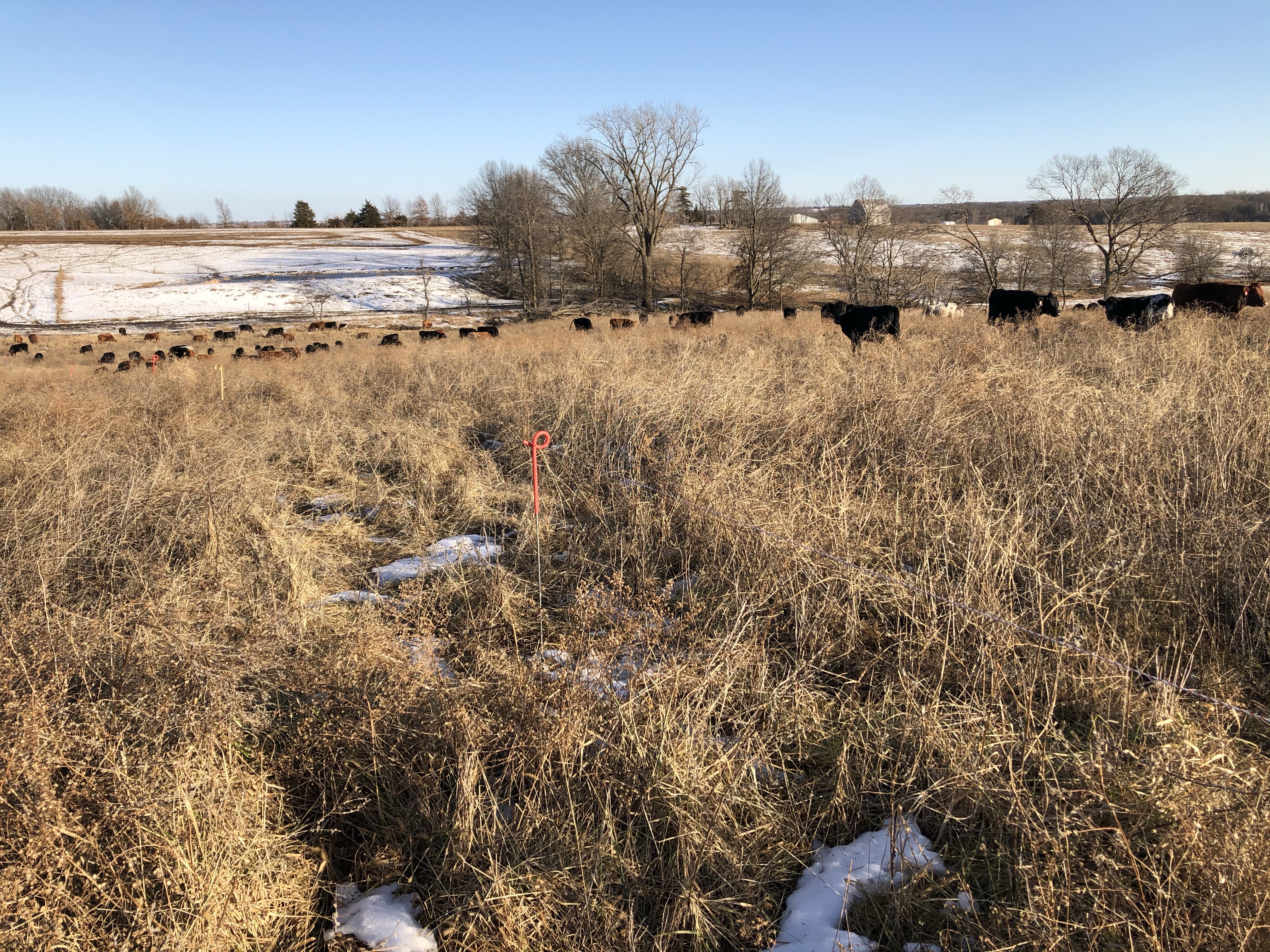This entry was written late summer of 2019 and it’s now December 2021 and the weather patterns have continued with rain in spring and into early summer – seldom coming as gently slow rains, but ‘rain events,’ In other words, we receive 4-8 inches in a few hours or a day. Then it completely dries up from early August until late October or even into winter – this is the critical period in which we depend on voluminous growth of grasses for winter stockpile grazing. In summer of 2020, I decided I would no longer feed hay – it’s too much work and very expensive. At nearly the same time, I was introduced to Real Wealth Ranching developed and taught by Jaime Elizondo and this was the direction I’ve embraced this past year (fall 2020 – fall 2021) and plans are in place to graze through the winter using Total Grazing protocol.
Last winter (winter 2019) was a nightmare of feeding hay. We knew that winter stockpile for grazing was in short supply because we’d had two years of drought followed by wet weather AFTER the growing season in the fall. We sold about 30% of our cows and had a normal supply of hay yet that wasn’t enough because winter began much earlier and wouldn’t let up until late May. This was the second severe and harsh winter in a row. Cows came out of it this spring in pretty rough condition. Not wanting to ever get in that spot again, we researched inline hay trailers to help us haul hay home from local purchases. After watching a lot of Youtube videos and learning about the various brands and what to look for, we decided on a Missouri built model Freedom Hay Trailers that we purchased from a Raymer Farms Sales & Service near Green City, MO. (Actually just accidentally found them on Craigslist whilst searching for more hay this past spring (2019))
Allen purchased another 270 bales here just a couple weeks ago and the weather was perfect for hauling on gravel roads and dumping into pastures, so i got crackin’ and ended up pulling 11 loads to my farm about 13 miles from the hay field to my farm and includes mostly narrow, uneven, hilly, bumpy paved roads followed by 2 miles of steep single lane gravel/dirt roads then pulled into the pasture. Except for loading, i handled the pulling, net removal, and dumping by myself. Allen had hauled several loads from another location earlier this year. I don’t know how we got along now without it! Very convenient time saver.







Remove the net wrap and ball it up on the pickup. Never leave nylon strings or net wrap out in the pasture. Here the cradle is reset and red safety bar back in place.

























